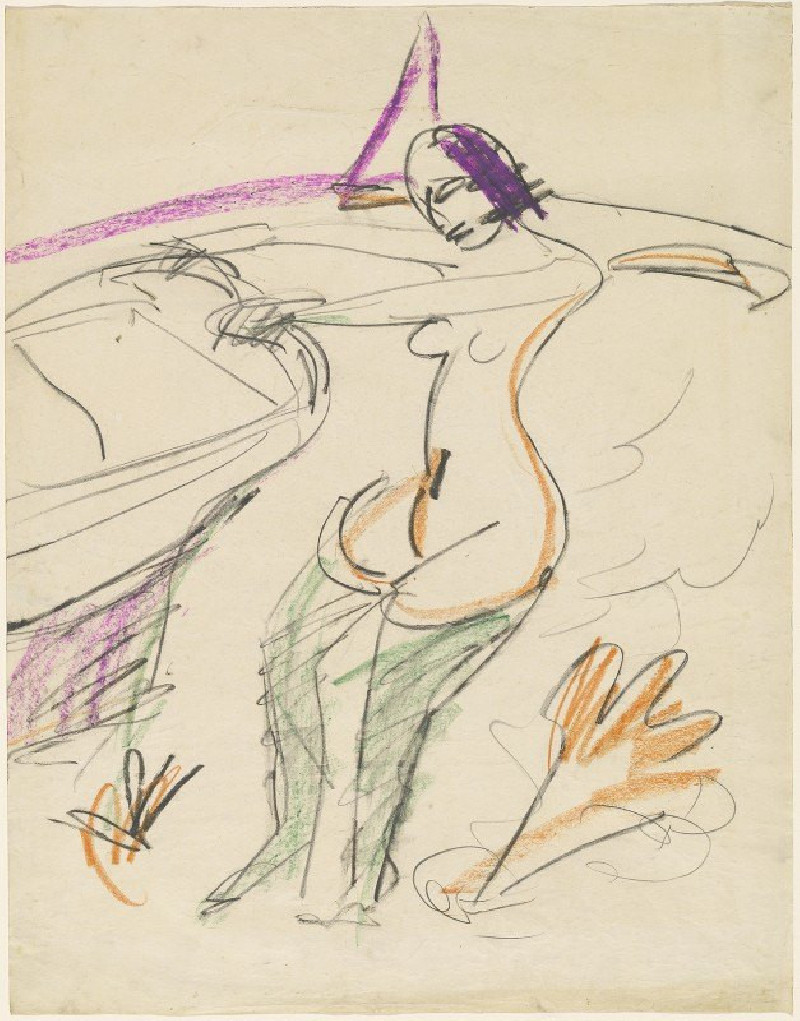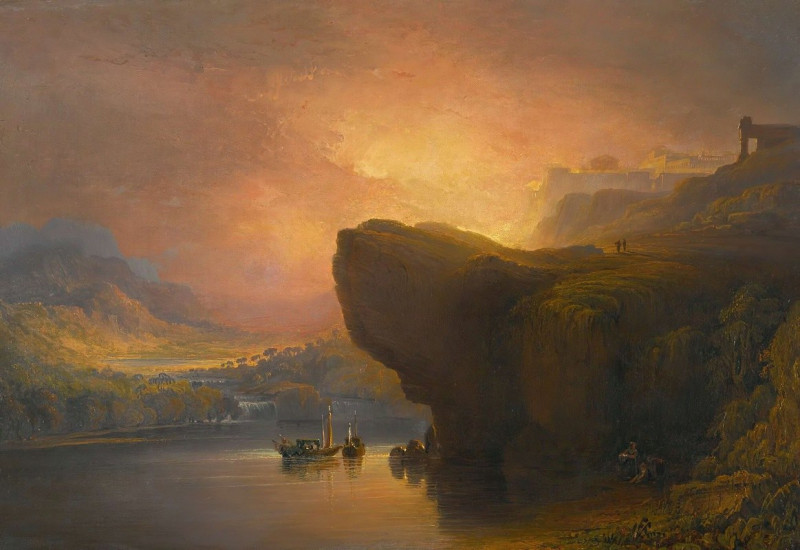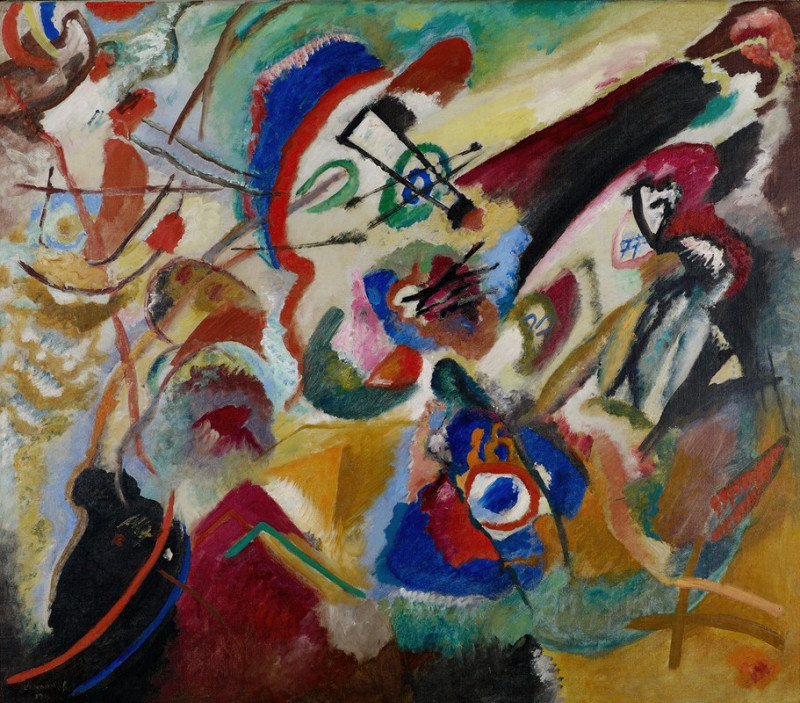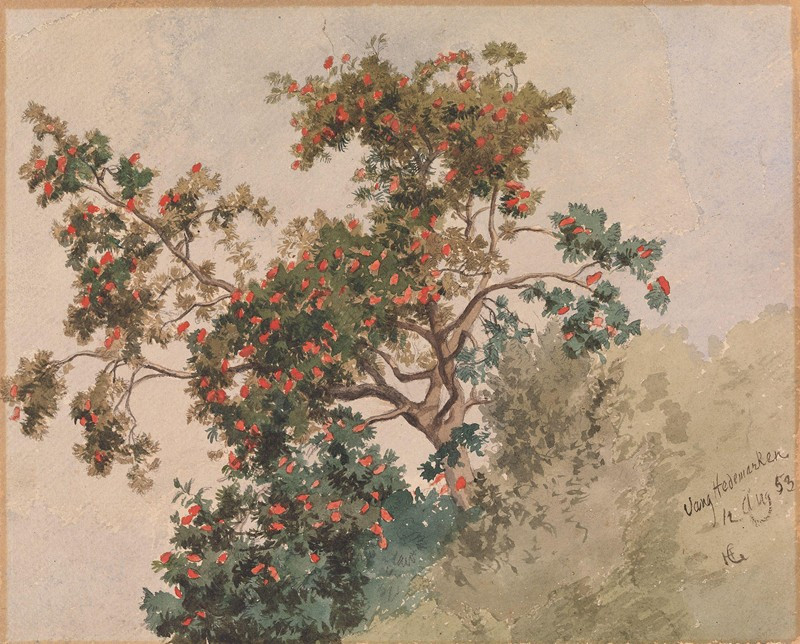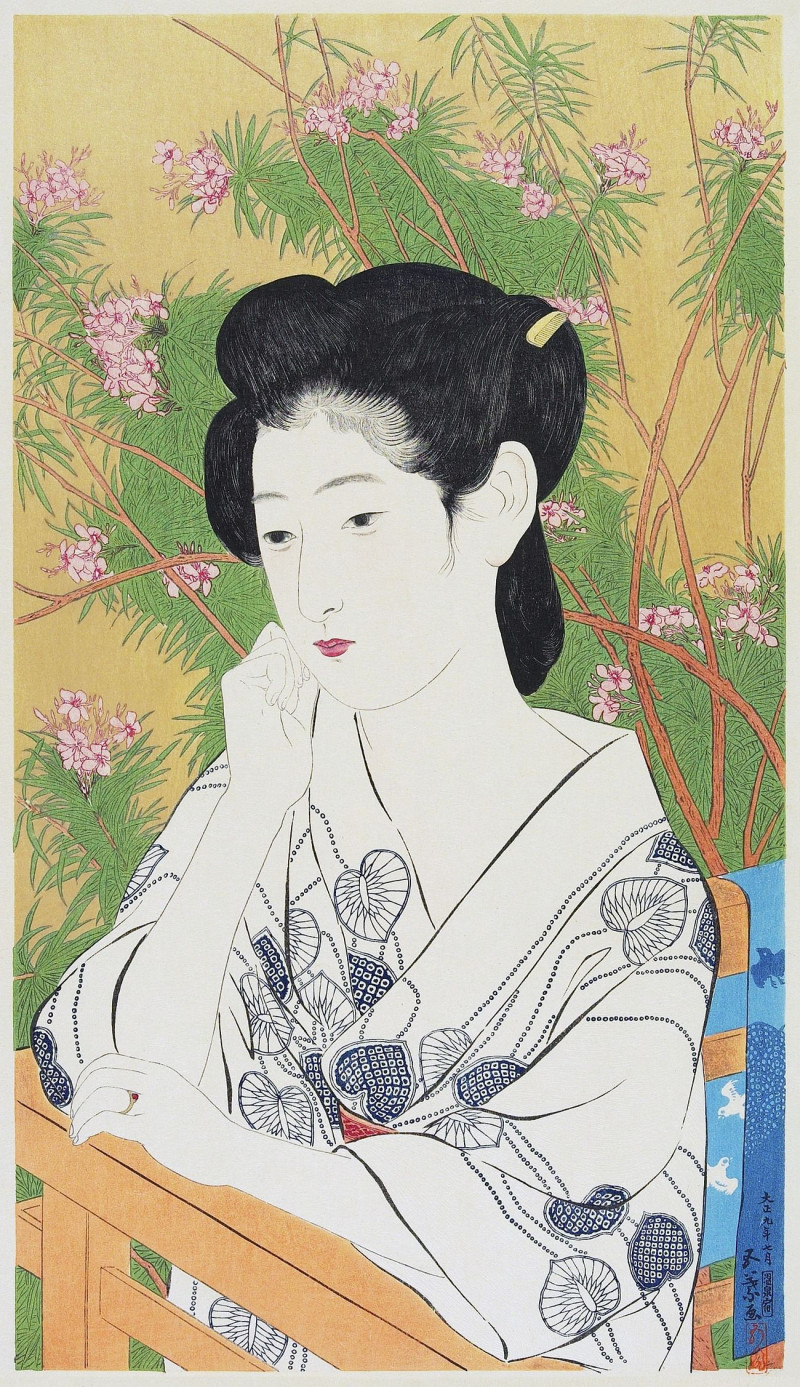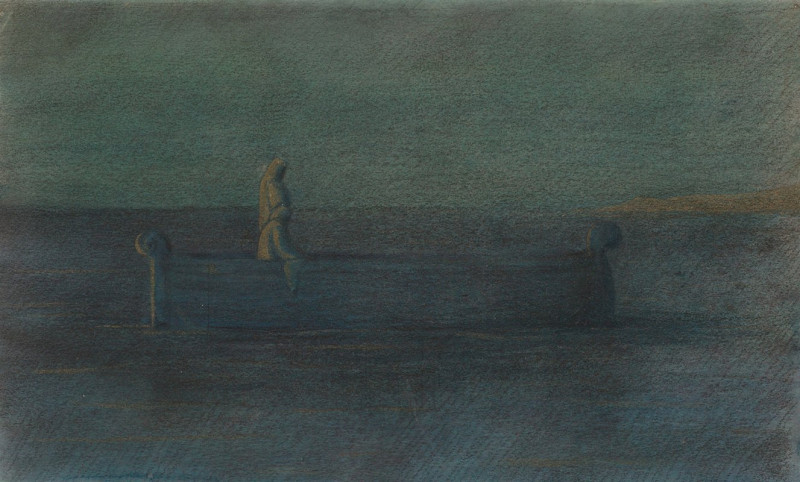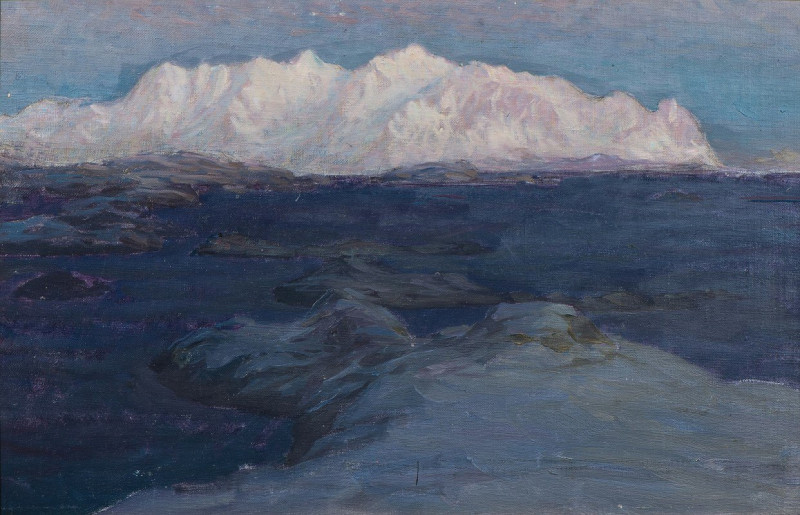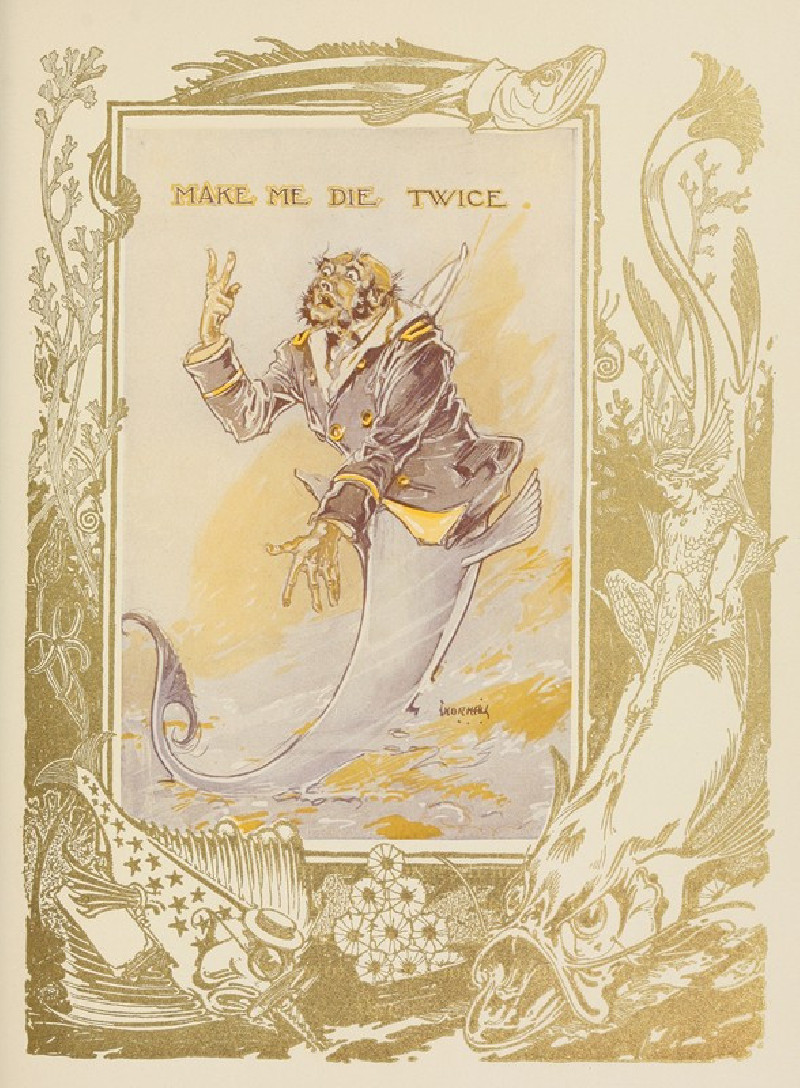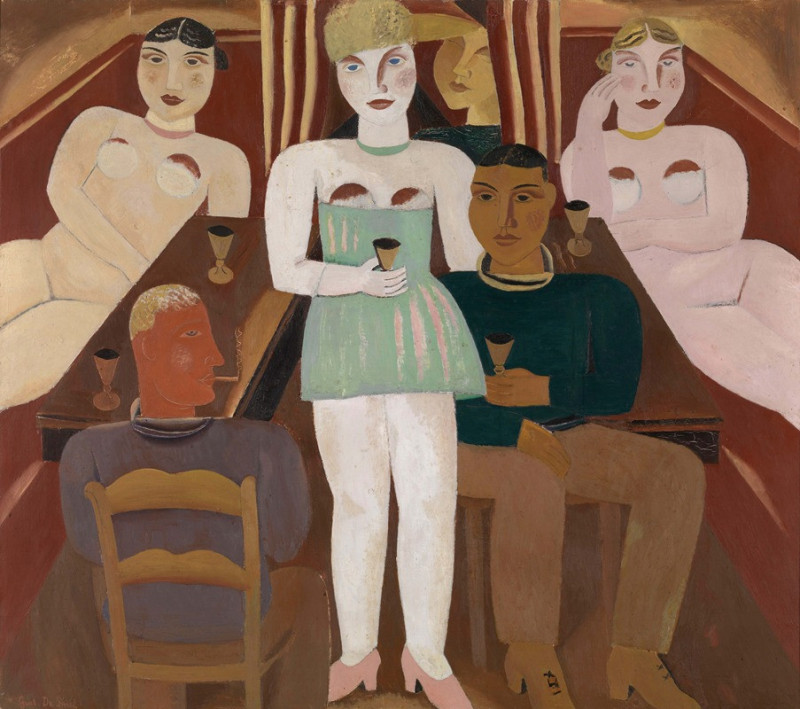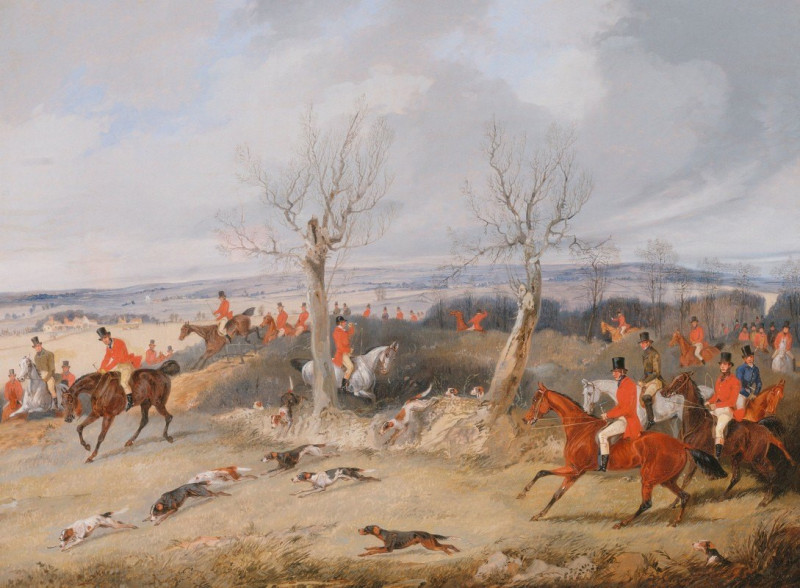Bather (1912-1913)
Technique: Giclée quality print
Recommended by our customers
More about this artwork
The painting "Bather" (1912-1913) by Ernst Ludwig Kirchner presents a striking example of the expressionist movement, characterized by vivid emotional expression rather than realistic representation. The use of rapid, sketch-like lines and vibrant, unconventional colors captures the essence of the subject rather than its detailed accuracy.In this artwork, we see a female figure, rendered in a simplified yet dynamic form. The bather is depicted with bold, flowing contours that suggest movement and grace. Her pose is relaxed and undisturbed, leaning over what appears to be a bathtub. The colors used, from the soft, muted background to the bright accents on her hair and body, create a composition that is alive with both tension and harmony.Kirchner's distinct style – seen in the use of purple for the bather’s hair and the vibrant, almost abstract shapes that surround her – emphasizes the emotional landscape over the physical one. The piece captures a moment that transcends the mundane, inviting viewers into a world shaped by color and line, and marked by a deep, resonant intimacy.This painting not only reflects Kirchner's personal vision but also encapsulates the broader goals of the Expressionist movement: to convey subjective emotions and responses that objects and events arouse in the artist.
Delivery
Returns
Ernst Ludwig Kirchner (1880–1938) was one of the most important German Expressionist painters. He was a co-founder of Die Brücke, a group of German expressionist artists formed in Dresden in 1905. Die Brücke and Kirchner took inspiration from Vincent Van Gogh and Edvard Munch, as well as African and Oceanic art. They used woodblock printing as a medium to showcase their signature style: flat, unrealistic images with vivid colors. The recurring themes in Kirchner's artworks included exotic cultures, faraway landscapes, self-portraits, dancers and Berlin street life. His paintings and prints effectively portrayed non-European cultures despite the fact that he never traveled outside of Europe.

